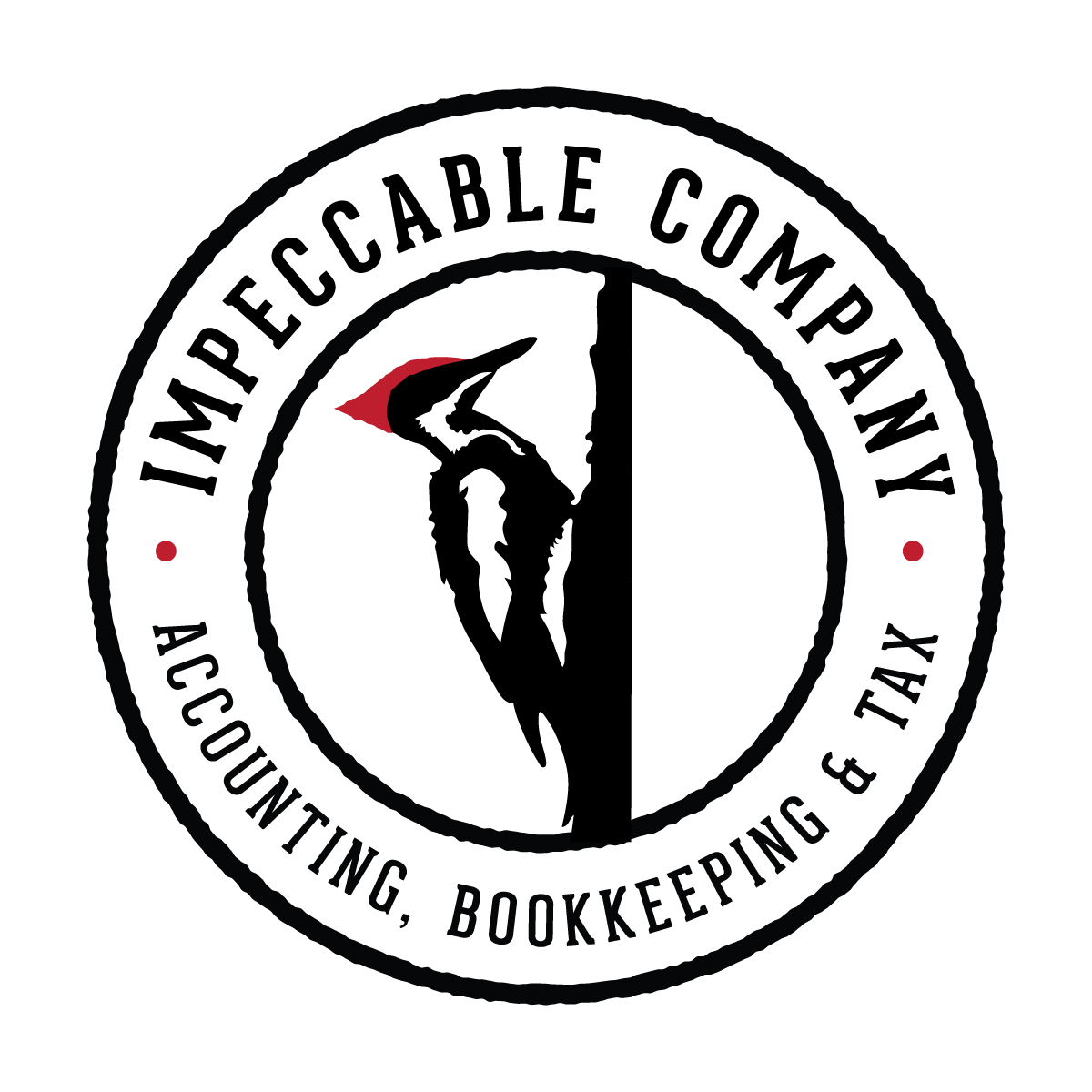Maximizing Life in Retirement By Minimizing Your Taxes (Part 2)
Your actions today play a major role in determining your lifestyle and financial well-being in retirement. In Part 1 of this series, we discussed the potential impact of Income Related Monthly Adjustment Amounts (IRMAA) and shared tips for minimizing the tax on your Social Security (SSA) benefits. Whether you are just starting to think ahead or have already taken the key step of connecting with a Certified Tax Planner, learning about techniques to lower retirement-related taxes is key to your future financial health.
Read on for Part 2 covering tax-saving techniques such as charitable giving, Roth IRA conversions, and minimizing capital gains taxes.
PLANNING TIP #3: CHARITABLE GIVING
Charitable giving is a strategic way to lower your taxable income while investing in a worthy cause. When dealing with charitable remainder trusts, gift annuities, charitable lead trusts, or retained life estate, more complex tax strategies may be needed. However, in many scenarios simple strategies like the ones below can be very effective:
- Donate appreciated securities directly or through a Donor Advised Fund (DAF). A DAF starts with a donor making a contribution to a public charity, which then creates a donor account that can be used to invest in a variety of charitable causes. With either option, the donor receives a tax deduction for the fair market value (FMV) of the securities regardless of the cost basis (original value). Also, the tax deduction is immediately available once you have made the donation—there is currently no distribution requirement or timeline.
- Cluster your charitable donations in a single tax year. Since the Tax Cuts and Jobs Act of 2018 increased standard deduction amounts, many taxpayers have defaulted to the standard deduction rather than itemizing their deductions. Fewer taxpayers have enough Schedule A deductions, including charitable contributions, to consider itemizing. However, by consolidating your planned giving into a single tax year, you can itemize in that year and gain a substantial tax benefit, then use the standard deduction the following year.
- Consider a qualified charitable distribution (QCD). A QCD allows you to designate the required minimum distributions (RMDs) from your traditional individual retirement account (IRA) to go directly to the charities of your choice. Up to $100,000 per year can be allocated this way. Most IRA custodians will issue the check directly to the charity, but occasionally they will mail the check to the owner of the IRA. As long as the check is payable to the charity and makes it into their hands, the distribution will still qualify.
What if most of your retirement savings are in your employer’s 401(k) or 403(b) plan rather than an IRA? If your employer’s plan allows it, you can request a direct (trustee to-trustee) rollover of all or part of these assets into a traditional IRA. The amount of your RMDs will then be based on the value of the account on December 31 of the prior year. This new IRA is now eligible to create a QCD.
PLANNING TIP #4: ROTH IRA CONVERSIONS
This is a particularly useful strategy to position your assets for less taxable income well before you retire. If you fall within the income limits for a Roth IRA, you can begin contributing today, and in the future, you will have an account you can draw from without creating taxable income. The funds that go into Roth IRAs have already been taxed, so the earnings grow tax-free.
Annual contribution limits are the same for Roth IRAs as traditional IRAs. Account holders can also use a Roth conversion to move assets out of a traditional IRA into a Roth IRA. When you make this conversion, you will pay taxes in the year that you convert, so generally, an account holder will not want to take this step unless they can afford to pay the taxes out of other assets. With the help of a Certified Tax Planner, you can map out your Roth conversions for the most opportune time to avoid hitting a higher tax bracket.
To reduce your taxable income even further, you can also pair a Roth conversion with a charitable donation. As described above, if you donate appreciated securities, this creates even more tax efficiency.
PLANNING TIP #5: PAY 0% FEDERAL TAX ON CAPITAL GAINS
With some skilled advance planning, taxpayers can lower their taxable income levels and even pay 0% on capital gains realized in their non-retirement accounts. In 2022, single taxpayers with taxable income below $41,675 (or $83,350 for married filing jointly) do not have to pay federal tax on capital gains.
EXAMPLE #1: CHARITABLE GIVING COMBINED WITH ROTH IRA CONVERSION
A married couple, John and Tina, ages 68 and 62 have modest savings and contributed regularly to their Roth IRAs. Two years ago, they came into a sizable inheritance and began working with a Certified Tax Planner to grow their assets for retirement and minimize their taxes.
John stopped working full-time in 2019 and retired completely in 2020. He receives a union pension of $71,000. Tina works as a self-employed fitness instructor. They are looking for ways to generate additional cash for living expenses until John starts drawing Social Security benefits in August 2023. Originally, they were planning to draw from John’s 401(k) account, but after consulting their Certified Tax Planner about long-term planning, they realized that it made more sense to take portfolio income from their non-retirement brokerage account. Because of John’s pension income, they will never be in the position to reduce the amount of SSA benefits that will be taxable on their federal tax return. They also have very little wiggle room to reduce taxable income by shifting income sources.
One way to reduce taxes is by considering charitable giving strategies and Roth IRA conversions. The couple invested $100,000 into a DAF in 2021, reducing their taxable income enough that they entered the 0% federal tax bracket for capital gains. Based on their current situation, they will look at additional DAF funding in 2022, paired with a Roth IRA conversion.
EXAMPLE #2: PLANNING FOR RETIREMENT TAXES
Alejandra wants to retire but has not yet been able to afford to do so. She needs $4,000 per month to cover her living expenses. Her SSA benefits will start out at about $2,200 per month, and she receives part-time monthly earnings of $815 per month (net income after withholdings). Her pension is $875 per month, and she has a 403(b) plan that will generate an additional $470 per month. Alejandra needed assistance understanding her options for tax reduction to take the next step toward retirement.
In 2016, she consulted a Certified Tax Planner who worked with her to create a plan that would allow her to stop working without lowering her standard of living. As a result, she adjusted her withholding to cover her anticipated tax liability, and due to this advance planning, she was able to comfortably retire, while remaining within the 12% federal tax bracket.
SUMMARY
To ensure that your “golden years” live up to their name, begin the planning process today. By understanding the tax reduction options available for your retirement accounts or through your charitable giving plans, you can optimize your savings for retirement. Contact us today for personalized advice on the best retirement tax strategies for you.


